Teton Regional Land Trust Names Kim Trotter as Executive Director
Driggs, ID (September 22, 2022) – Eastern Idaho native and conservation leader Kim Trotter has been appointed Executive Director of Teton Regional Land Trust, whose mission is to conserve working farms and ranches, fish and wildlife habitat, and scenic open spaces in eastern Idaho for this and future generations.
For nearly three decades, Trotter has dedicated her career to conserving agricultural lands, fish and wildlife habitat, and sustainable communities in the Northern Rockies. Her extensive background includes biodiversity conservation, environmental policy, wildlife and large landscape ecology, land and water transactions, and ecological connectivity and restoration.
Trotter’s passion for protecting the area’s natural and agricultural resources dates back to her early career experience negotiating many of eastern Idaho’s early conservation easements as a Land Protection Specialist with Teton Regional Land Trust. This included safeguarding miles of habitat along the Henry’s Fork of the Snake River and procuring Idaho’s first Farm and Ranchland Protection Program grant to work with private landowners in the Sand Creek wildlife corridor.
“Twenty-three years ago, Kim started with the Land Trust as an intern and then continued as a Land Protection Specialist,” said Arantza Zabala, President of the Teton Regional Land Trust Board of Directors. “We are so excited to have one of our own come back to lead the organization.”
Trotter’s recent experience includes serving as U.S. Program Director for the Yellowstone to Yukon Conservation Initiative (Y2Y), where she led collaborative efforts to reconnect wildlife habitat through large landscape conservation. These projects included building wildlife-friendly roads and fences, increasing access to human-wildlife conflict reduction tools and programs, safeguarding key private lands, and ensuring the long-term protection of public lands.
Previously, she was Executive Director of the Community Foundation of Teton Valley, providing financial and strategic support to more than 50 local nonprofit organizations. She has also served as the Director of Trout Unlimited’s Idaho Water Project, working with landowners, water users, and state and federal agencies to promote protection and restoration of Idaho’s native and wild fisheries. During her tenure, she was appointed by Governor Otter to represent fish and wildlife interests on a committee tasked to resolve water shortages associated with the Eastern Snake Plain Aquifer in southern Idaho.
“The work of the Teton Regional Land Trust is essential in order to preserve the natural landscapes and agricultural character of our communities in eastern Idaho,” Trotter said. “The mission has always been dear to me, and I’m excited to continue to strategically protect this unique ecosystem and lead the Land
Trust forward.”
Trotter has presented regionally and internationally on wildlife and large landscape conservation, endangered species protection and recovery, and conservation partnerships. In 2019, she co-authored a chapter on the environmental politics and policy of Western public lands. Through her work to restore bull trout in central Idaho, she received the Forest Service’s most prestigious acknowledgement for partnership, the “Rise to the Future” award. For the last nine years, she served as a volunteer board member with the Idaho Conservation League. And in August, she and her family completed a year-long journey around the US and western Canada.
Trotter received her Master of Environmental Management in resource ecology from Duke University’s Nicholas School of the Environment and her Bachelor of Science degree from the University of Puget Sound.
She assumed her responsibilities as Executive Director of Teton Regional Land Trust on September 22, 2022.
Since 1990, Teton Regional Land Trust has worked with hundreds of conservation organizations and landowners to protect nearly 40,000 acres of critical wildlife habitat and working lands in eastern Idaho, including migration corridors for large mammals, native Yellowstone cutthroat trout spawning areas and tributaries, wetlands and critical bird habitat, and agricultural lands.





